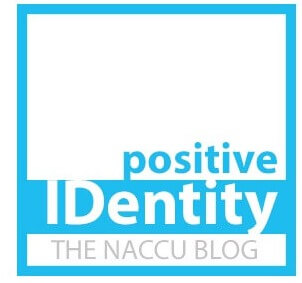UC Irvine Shows How to Turn Data into Action

UC Irvine Shows How to Turn Data into Action
When we talk about campus data, it’s easy to imagine endless spreadsheets tucked into different offices. But as Wayne Fields from UC Irvine shared during a recent NACCU webinar, data is much more than numbers. It is a tool that tells the story of your students, your campus, and ultimately your success as an institution.
Breaking Down Silos
Like many campuses, UCI faced challenges with data silos. Financial aid had its system, housing had another, and other units kept their own spreadsheets. None of it connected. The breakthrough came when UCI created a governance group and a student data warehouse to serve as a central hub. Now, instead of guarding their own data, campus units share it through trained stewards who anonymize and aggregate sensitive information before it’s analyzed.
What the Data Reveals
That shift has unlocked powerful insights. By linking registrar data with housing and demographic information, UCI was able to see how first-generation, low-income, and commuter students were performing compared to their peers. Data also revealed something unexpected: after years of handling financial aid virtually, students are lining up again to meet with staff in person. That trend tells a deeper story, that today’s students still crave face-to-face reassurance when it comes to critical issues like tuition, housing, and meal plans.
From Numbers to Stories
Wayne emphasized that raw data by itself doesn’t give answers. It’s the context that transforms it into information you can act on. For example, tracking long lines at the financial aid office is useful, but pairing that with data from scheduling apps quantifies the trend and confirms whether it’s increasing compared to previous years. The same is true with engagement data: course performance means more when it’s tied to participation in student life, athletics, or support services.
Preparing for the Future
Looking ahead, UCI is preparing for a full mobile credential rollout, where every card swipe or mobile tap will generate useful data. Combined with analytics tools, that data can help answer practical questions like: Are students attending games and arts events? Are certain dining options underutilized? How are students engaging with health or recreation services? The answers can guide both day-to-day operations and long-term planning.
Lessons for Every Campus
The lesson from UCI’s experience is clear. Data is not just for IT professionals or institutional researchers. With the right structures in place, it becomes a shared resource for everyone, empowering staff, informing leadership decisions, and ultimately making campus life better for students.
Harness the Power of Your Data!
If this conversation sparked your interest, there is more to discover. The NACCU Data Summit is designed to take these ideas further, teaching you how to take the data you already possess and turn it into a useful automated dashboard.
Join us at the NACCU Data Summit at Emory University on December 9–10 and learn how to unlock the full potential of your data. Register here.
